PREVIOUS
Prevention of Money Laundering Act, 2002 (PMLA)
(இதன் தமிழ் வடிவத்திற்கு இங்கே சொடுக்கவும்)
Prevention of Money Laundering Act, 2002 (PMLA)
- Enacted in 2002 to combat the illegal transformation of income from unlawful sources into legitimate profits.
- Empowers governmental bodies to seize assets acquired through illegitimate means.
Money Laundering
- Involves converting illegal funds (black money) into legal tender (white money).
- Requires a series of transactions and transfers to obscure the illicit origin of funds.
- Integrates laundered funds into legally acceptable financial institutions.
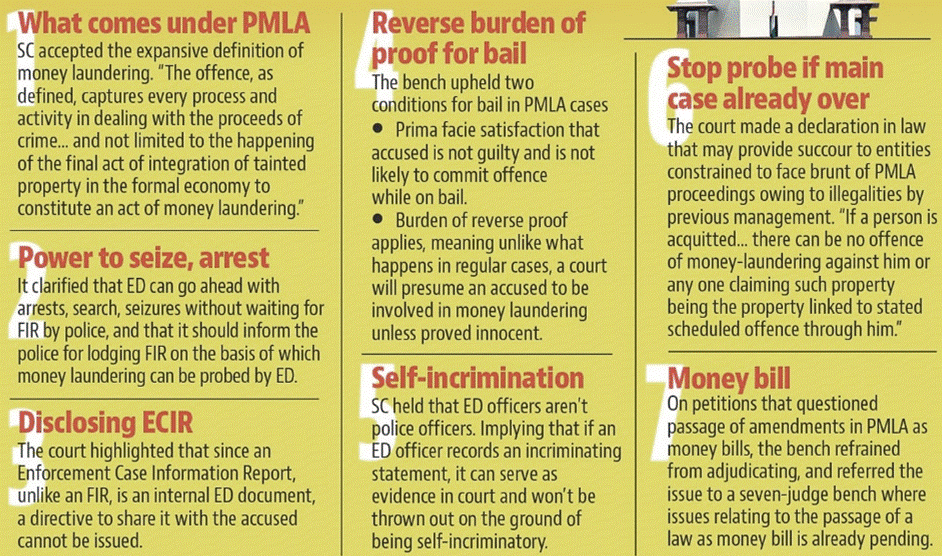
Objectives of the PMLA
- Prevent money laundering.
- Deter financial flows into illegal activities.
- Confiscate property derived from money laundering.
- Impose penalties on offenders.
- Establish adjudicating authorities and appellate tribunals.
- Handle related matters.
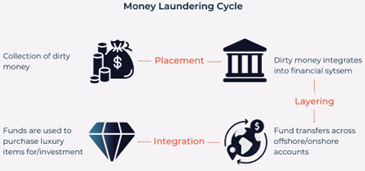
Common Forms of Money Laundering
- Hawala
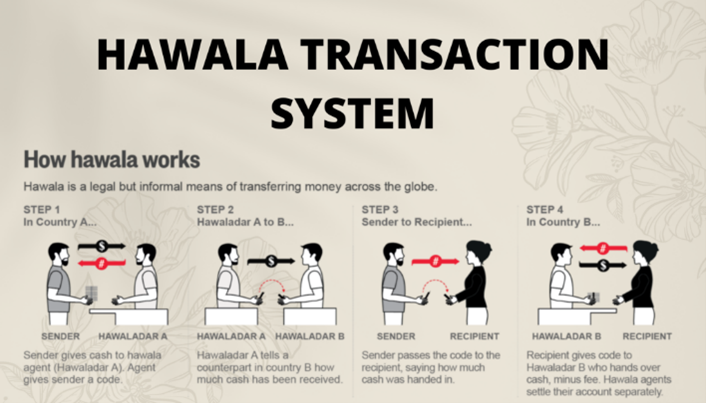
- Bulk cash smuggling
- Fictional loans
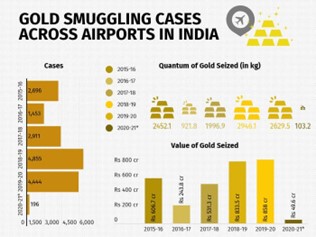
- Cash-intensive businesses
- Round-tripping
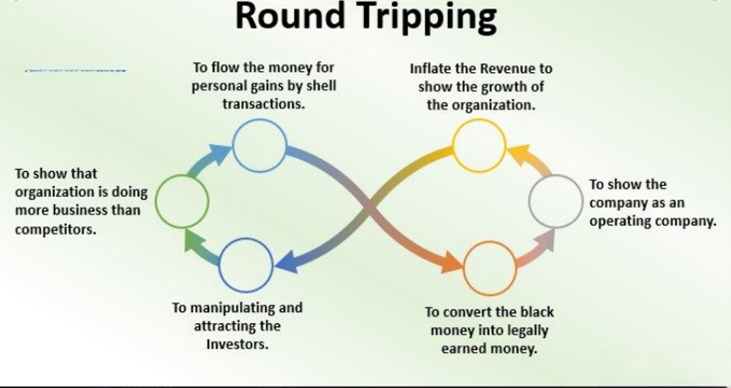
- Trade-based laundering
- Shell companies and trusts
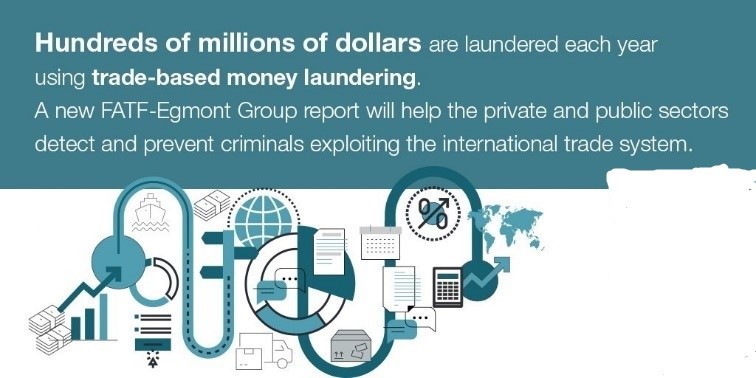
- Real estate transactions
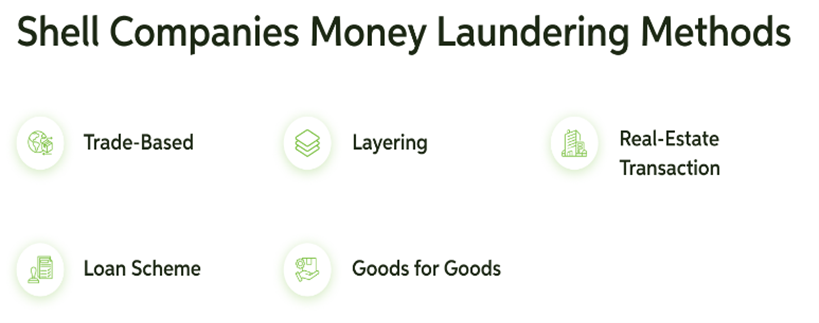
- Gambling
- Fake invoicing

Money Laundering Offence
- Involves activities like concealment, possession, acquisition, use, projection, and claiming of proceeds of crime as untainted property.
- Individuals directly or indirectly involved in these processes are guilty of money laundering under the PMLA.
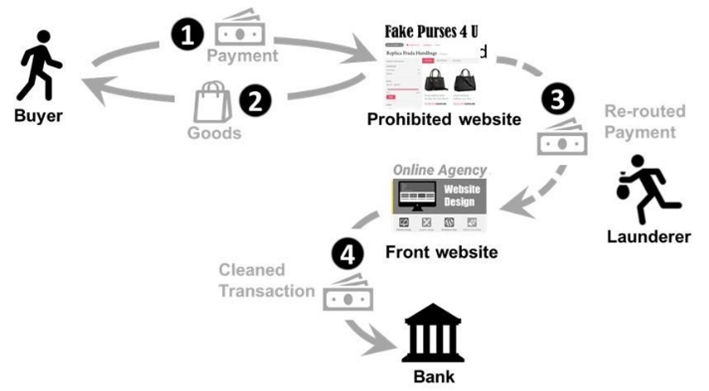
Understanding Proceeds of Criminal Activity
- Definition: Refers to any assets acquired directly or indirectly from engaging in criminal acts associated with a Scheduled Offence.
Catalogue of Criminal Acts
- Part A encompasses violations under various statutes such as the Indian Penal Code, Narcotics Drugs and Psychotropic Substances Act, and others.
- Part B identifies offenses similar to Part A but with a value exceeding Rs 1 crore.
- Part C focuses on cross-border criminal activities, demonstrating a commitment to combating global money laundering.
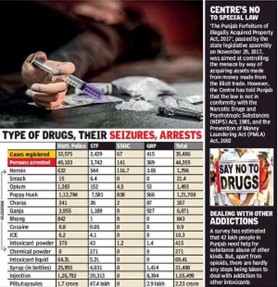
Operational Procedure in Money Laundering
- Placement Phase: Initial incorporation of illicitly gained funds into the legitimate financial framework.
- Layering Phase: Dispersal and manipulation of funds across multiple transactions to obscure their illicit origins.
- Integration Phase: Reintroduction of laundered funds into the financial system, making them appear legitimate for subsequent use.
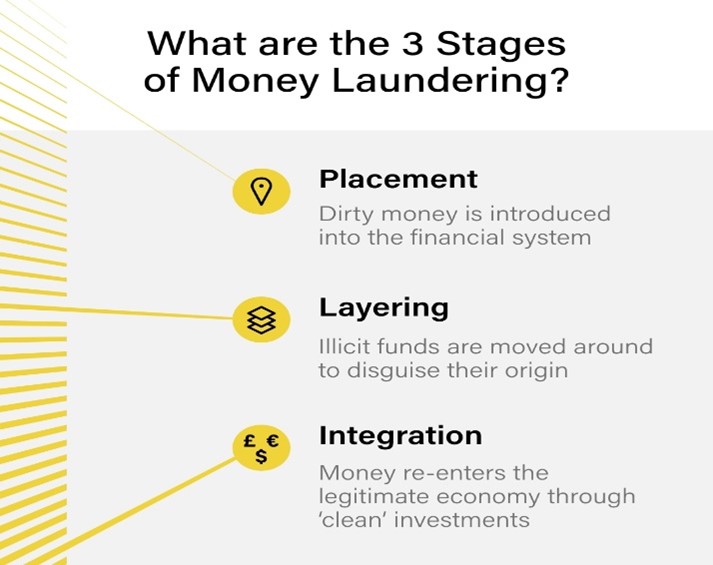
Money Laundering vs. Syphoning of Funds
Distinguishing Factors:
- Mere commission of a crime and obtaining property does not constitute money laundering but may constitute syphoning of funds.
- Money laundering involves projecting or claiming illegally obtained property as untainted.
Authorities Entrusted for Investigation
Enforcement Directorate (ED):
- Responsible for investigating money laundering offenses under the PMLA.
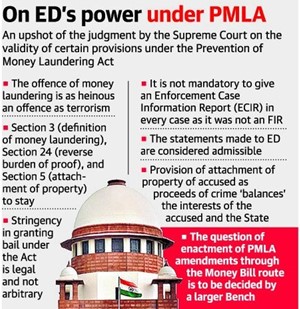
Financial Intelligence Unit – India (FIU-IND):
- Reports directly to the Economic Intelligence Council (EIC) chaired by the finance minister.
- Central agency for receiving, processing, analysing, and disseminating information on suspect financial transactions.
- Coordinates national and international intelligence efforts against money laundering and related crimes.
Investigation of Scheduled Offences
Respective Investigative Agencies:
- Offenses under specific laws are investigated by designated agencies.
- These agencies include local police, CBI, customs departments, SEBI, and other relevant bodies.
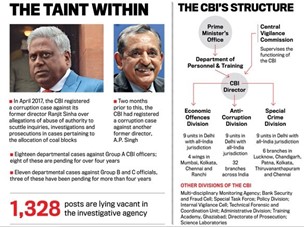
Actions Against Individuals Involved in Money Laundering
Seizure and Attachment of Property:
- Property obtained with proceeds of crime can be seized, frozen, or attached.
Penalties for Offenders:
- Punishable by rigorous imprisonment for a minimum of three years, extendable up to seven years.
- Fine imposed without any limit.
Rationale for the Prevention of Money Laundering Act (PMLA)
Global Imperative:
- Enacted to counteract proceeds laundering from drug-related offenses, aligning with international conventions.
- This reflects a global effort to stem illicit funds and uphold financial system integrity.
Formation of FATF:
- Following FATF's 1989 establishment, measures like PMLA were adopted, addressing global money laundering to safeguard financial stability and integrity.
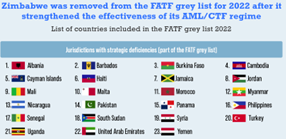
UNGA Resolution:
- A 1990 UN General Assembly resolution emphasized legislation to combat drug money laundering, driving India's PMLA enactment.
- This highlighted international consensus on addressing illicit financial flows and criminal activities.
Recommendations of the Narasimham Committee:
- Narasimham Committee insights urged action on money laundering, shaping PMLA.
- These recommendations stressed the need for robust measures to combat financial crime and safeguard financial integrity.
Adherence to Global Standards:
- PMLA aligns with international standards, ensuring India's compliance with global anti-money laundering efforts.
- This commitment strengthens India's standing in combating financial crime and upholding international norms.
Legislative Mandate and Extent:
- Enacted under Article 253, PMLA empowers India to implement international conventions, ensuring alignment with global norms on Money Laundering.
- This underscores India's dedication to international cooperation in combating financial crime and maintaining financial system integrity.
Adjudicating Authority under PMLA
Appointment by Central Government:
- The Central Government holds the authority to appoint an adjudicating authority empowered to execute functions under the Prevention of Money Laundering Act (PMLA).
Composition of the Authority:
- Consists of a bench comprising:
- A Chairperson.
- Two additional members, one of whom must possess expertise in law, administration, finance, or accountancy.
Qualifications for Membership:
- Individuals with legal expertise may serve as members if they meet one of the following criteria:
- Qualifications suitable for appointment as a district judge.
- Former member of the Indian Legal Service who held a Grade I position.
Jurisdiction:
- The adjudicating authority's bench operates in New Delhi and other locations designated by the Central Government and the chairperson.
Responsibilities of the Adjudicating Authority:
- Confirming provisional attachment orders issued by the Enforcement Directorate (ED) within 180 days in cases of suspected money laundering.
- Ensuring proper handling of assets suspected to be acquired through proceeds of crime in accordance with the law.
Confirmation Process:
- Once confirmed, the attachment order allows the ED to take possession of the assets.
- The accused can continue to use the property until the adjudicating authority approves the seizure.
Actions Available to the Accused:
- Right to Appeal: Challenging the confirmation order at the PMLA's Appellate Tribunal within 45 days.
- Appellate Tribunal Appeal: If the Appellate Tribunal confirms the order, the accused can appeal to the High Court.
Property Status:
- The owner cannot access the property until the trial is completed unless it is released.
- For residential property, the ED takes possession after the owner vacates once confirmed.
Outcome of Conviction:
- If convicted, the trial court may order confiscation and transfer ownership to the central government.
- Recent Revisions to PMLA: Enhancing Regulatory Framework
Overview of Amendments
Inclusion of Professional Entities:
- The recent amendments to the Prevention of Money Laundering Act (PMLA) broaden its scope.
- They include practising chartered accountants, company secretaries, and cost and works accountants.
- This expansion aims to strengthen disclosure mechanisms, especially for non-governmental organizations.
- Financial institutions, banking companies, or intermediaries oversee these entities.
Politically Exposed Persons (PEPs):
- Notably, the revisions entail a clear definition of Politically Exposed Persons, encompassing individuals entrusted with significant public roles by foreign nations.
- This definition includes heads of states or governments, senior politicians, government, judicial, or military officials, senior executives of state-owned enterprises, and influential members of political parties.
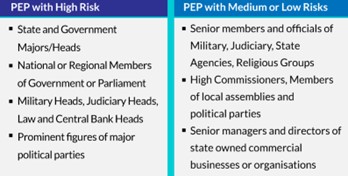
Expansion of Reporting Entities:
- The Finance Ministry's initiative to widen the spectrum of non-banking reporting entities is a crucial step.
- It empowers 22 financial entities to verify customer identities using Aadhaar authentication under the ambit of the money laundering law, thereby strengthening the surveillance framework.
Proposed Aadhaar Authentication Extension:
- Additionally, the Ministry of Electronics and IT has proposed extending Aadhaar authentication to various services.
- This proposal suggests granting a broader range of private entities the authority to conduct Aadhaar authentication, thus broadening the utility of digital identity verification.
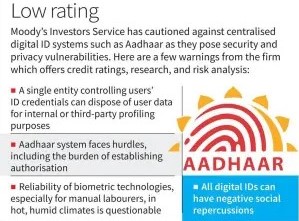
Objectives of Changes
Alignment with RBI Directives:
- Alignment with 2008 RBI circular on KYC norms/anti-money laundering standards.
- Aim to ensure consistency and coherence in regulatory frameworks.
- Includes defining Politically Exposed Persons (PEPs) in line with FATF norms.
- Enhances international compliance.
Adherence to FATF Guidelines:
- Adhering to FATF assessments on anti-money laundering and counter-terrorist financing standards is imperative.
- Compliance with international benchmarks is crucial.
- Revisions underscore India's commitment to meeting FATF standards.
- This effort bolsters the country's standing in the global financial ecosystem.
Enhanced Vigilance and Reporting:
- Amendments enhance vigilance and reporting mechanisms.
- Expected to strengthen the overall efficacy of anti-money laundering efforts.
Elevation of Corporate Governance Standards:
- Recent revisions to the PMLA signify a concerted effort by the Centre.
- Aim to elevate corporate governance standards and reinforce financial integrity.
- Enhance reporting protocols for accountants and disclosure regulations for companies.
- Amendments aim to curb undisclosed wealth generation, prevent fund diversion, deter fictitious transactions, and mitigate laundering risks.
- These efforts foster transparency, accountability, and trust in the financial sector.
- Contribute to broader goals of economic stability and integrity.


